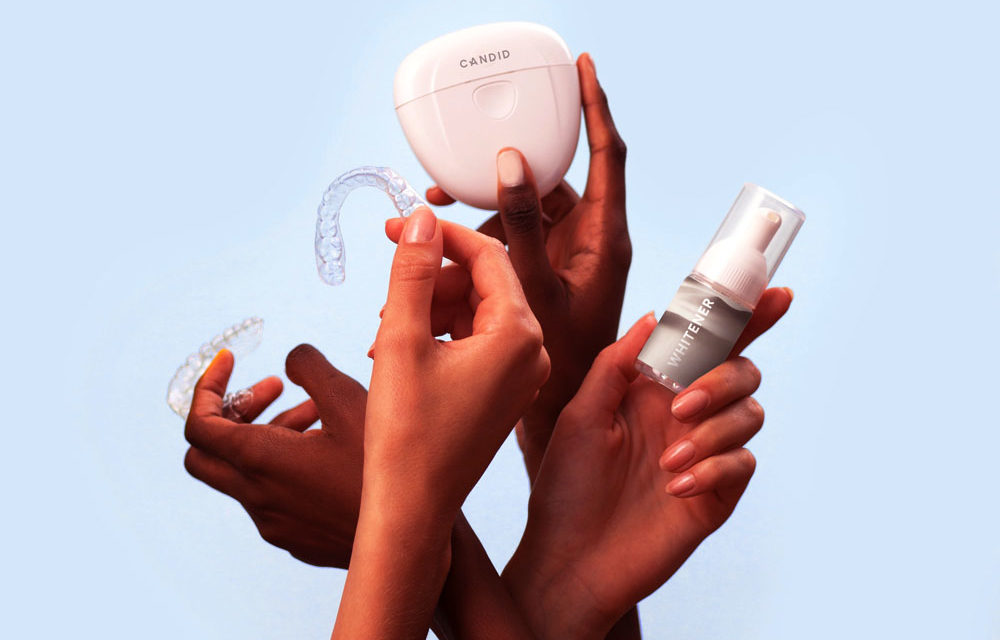
Good oral hygiene plays an important role in one’s dental health. Aside from brushing and flossing your teeth, regular trips to the dentist is the best way to keep your smile looking bright and beautiful. Actually, you can learn a thing or two on how dentists care for your teeth. In this article, we’ll be discussing how to clean your teeth like a dentist and take your oral care to the next level.
Selecting the right toothbrush and toothpaste
Similar to dentists, you’ll need the right tools for the job and it all starts with your toothbrush. Toothbrushes come in many different shapes and sizes and choosing the right one can seem like a confusing task. To help you make an informed decision, consider these key factors in mind:
- Choose a toothbrush with soft bristles. Most dental professionals recommend a soft-bristled brush because it gently massages your gums and minimises enamel wear on your teeth. Some toothbrushes come with ultra-thin bristles that can clean hard-to-reach areas like in between your teeth and below the gumline.
- We recommend using a toothbrush with a flexible neck since this alleviates pressure from your gums and reduces the likelihood of enamel wear. Square-headed toothbrushes might feel uncomfortable to use so stick to round-headed toothbrushes instead.
- Electric toothrbrushes are a great alternative to manual toothbrushes. They’re much safer on the gums and the oscillating motion of the brush head cleans plaque more effectively. If you want a more comfortable toothbrushing experience, electric toothbrushes are the way to go.
- Ideally, you should replace your toothbrush every 3 months since toothbrushes tend to collect germs that can contribute to gum disease.
Just like with toothbrushes, toothpastes come in several different styles and flavors. The one we recommend most is a traditional fluoride toothpaste. Toothpastes containing fluoride help rebuild tooth enamel and protect your teeth against tooth decay. Your teeth absorbs fluoride which provides a reminalizing effect that makes it resistant to cavities, making it the perfect toothpaste for both children and adults.
Brushing teeth the right way
Choosing the right toothbrush is only half the equation. Knowing how to brush the right way is what’s really going to clean your teeth. Most people make the mistake of brushing too hard and aggressively (which leads to receding gums and increased enamel wear). Brush your teeth like a dentist would with these tips:
- Angle the toothbrush at 45° and brush in a circular motion. This enables you to clean the gumline much better than you would brushing horizontally from left to right.
- Brush in sections. Work your way from the outer surface of your teeth right to the inner surfaces before proceeding to the chewing surfaces. Also, don’t forget to brush your tongue too.
- Use gentle strokes when brusing your teeth. You don’t have to press too hard to remove plaque or food stains as the soft-bristled brush and the toothpaste will do most of the work.
- Brush at least twice a day: right after waking up and before going to bed. If you can, brush in between meals to keep your breath fresh throughout the day.
- Only use a pea-sized amount of toothpaste. More doesn’t necessarily mean better and you’ll end up wasting toothpaste instead.
- Brush for at least 2 minutes. The most common mistake people make is hastening the toothbrushing process which leaves bits of plaque and food debris in hard-to-reach areas of your mouth.
- Rinse your mouth thoroughly with water afterwards. A mouthwash isn’t necessary to maintain your oral health, but it does help with keeping your mouth fresh and cool. Use an alcohol-free mouthwash as a final rinse before heading out the door.
Using dental floss correctly
Dental floss helps remove food particles and bacteria in between our teeth. Regular flossing is crucial to healthy teeth, but the thing is most people do it wrong which is hw Here are a couple of tips on how to use dental floss correctly
- Floss before you start brushing your teeth. That way, you won’t have stuck food debris in your teeth after you’ve finished brushing.
- Cut around 18 inches of dental floss (roughly from your hand to your bicep) and wind each end into your left and right index finger.
- Hold the floss with your thumbs and keep the floss taut. Start with the ends and gently slide the floss in between your teeth, paying close attention from one side of your teeth to the other.
- Curve the floss gently around your teeth and floss beneath the gumline. Don’t floss aggressively as this can contribue to gum bleeding.
- Always use the clean portions of the floss to avoid transferring food debris in between your teeth.
- Gently remove the floss by sliding it left to right while pulling downwards.
We recommend using single filament floss (PTFE) over nylon floss as the latter is prone to shredding or tearing when caught in between teeth. Single filament floss glides easily and works in even the tightest of spaces. When used properly, both single filament floss and nylon floss will keep your teeth and your gumline clean and healthy.
Cleaning your teeth like a dentist is as simple as following a healthy oral care routine. While these tips will help you keep your teeth in mint condition, it’s always a good idea to visit your local dentist in Joondalup every 6 months for optimal oral health.

